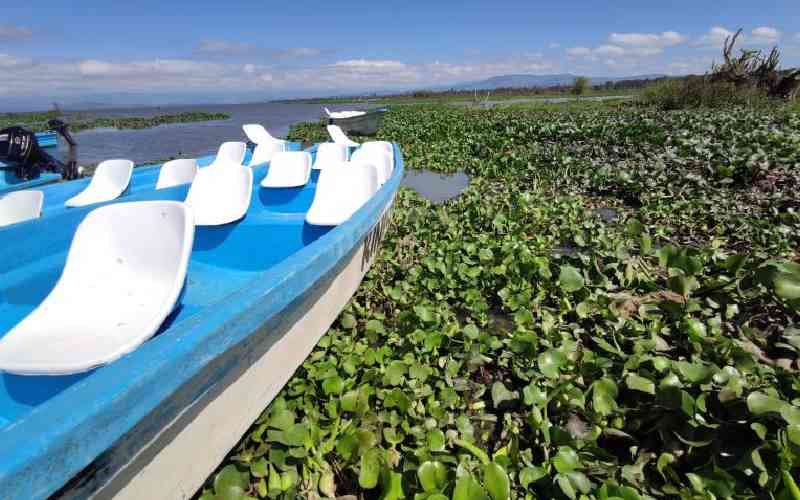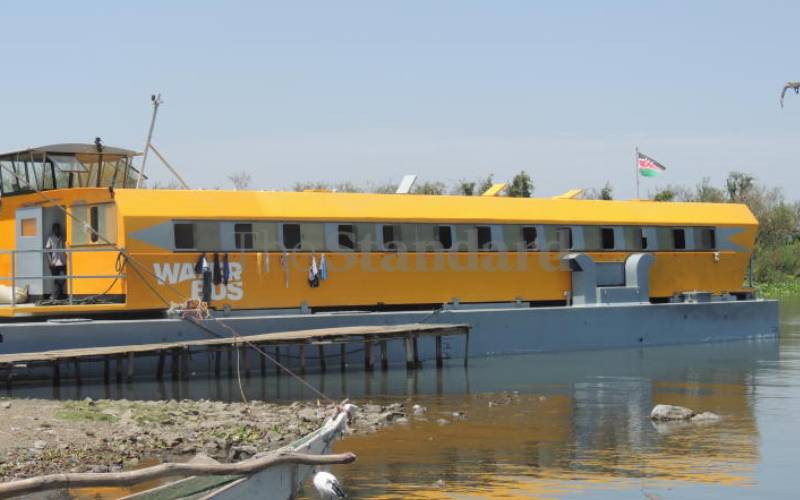Lake Victoria is a pearl shared among the East African community. It is the second largest fresh water lake on the continent; dotted with beautiful islands and providing fresh waters for the delicious Nile perch and Tilapia among other fish, besides being a resource that can transform the livelihoods of millions of people.
Lake Victoria is a dream destination for every tourist who loves nature. Sadly the lake remains largely unexploited. There have been talk from the Lakeside county governments namely; - Kisumu, Kisii, Migori, Homabay, Siaya, Busia, Bomet and Trans Nzoia to develop a strategic plan for a collective investment in Lake Victoria by marketing it as a tourist destination.
This must be lauded as a worthy idea; but the question to ask is why has the lake failed to attract a critical mass of tourists even with security challenges at the Coast?
Why has a worldwide known lake that even bears the name of a Queen failed to attract tourists from the Queen's land?
Many reasons have been put forward for the chronic underutilisation of Lake Victoria as a tourist attraction among them poor road infrastructure, lack of electricity, safe drinking water and sometimes politics, but in their midst there is a silent problem which rarely makes headlines but which is the fly in the ointment of the lake.
The Lake Victoria Basin is home to a poverty insect called tsetse fly. History books have documented how this fly prevented early entry of investors and tormented the locals to a perpetual cycle of poverty. There are records of displacement of people from the famous Alego (President Obama's father birth place) due to tsetse infestation and subsequent sleeping sickness outbreaks. Tsetse fly is the main vector for a zoonotic disease called Trypanosomiasis which is commonly referred to as sleeping sickness and nagana in man and animals respectively. The disease is deadly if not timely and appropriately managed.
The tsetse bite therefore has a negative effect on public health, animal health, tourism and agriculture. Socio-economical analysis of the trypanosomiasis certainly puts it ahead of the much publicised HIV/Aids, Malaria and Tuberculosis as this big three only affect the public health component.
Unfortunately Trypanosomiasis is listed among the Tropical Neglected Diseases (NTDs) by the World Health Organisation (WHO) with low awareness levels and attracting little policy support as it continually torments rural livelihoods to continuous suffering.
A World Bank report noted that out of the 25 poorest countries in the world; 22 were tsetse infested. That in Kenya, 38 counties are tsetse infested and the possibility of infesting the others should be a wake-up call to the national and county governments as the three sectors affected by tsetse are key to realisation of the vision 2030 and the Millennium Development Goals.
The African Union issued a clarion call to the 38 tsetse infested African countries to initiate tsetse and Trypanosomiasis eradication interventions if they were to realise any significant economic growth. The Kenya government has supported this initiative despite its many financial priorities by establishing the Kenya Tsetse and Trypanosomiasis Eradication Council (KENTTEC) to coordinate the implementation of all tsetse and Trypanosomiasis eradication activities in the Country.
The devolved governments system in Kenya opens a window of opportunity for local communities to rally the county government to prioritize tsetse eradication. For the lake side Counties to awaken Lake Victoria - an economic giant from the chronic slumber tsetse eradication must be prioritised. As these County governments plan to put up beach hotels, open up the road infrastructure around Lake Victoria they must be conscious of the presence of tsetse flies and the negative impact this fly can have on their venture. A single reported case of sleeping sickness is enough to bring tourism sector to a standstill.
The good news is that tsetse fly menace can be managed easily with little financial commitment; Makima area in Embu County offers a good case study. Before tsetse suppression; it was known for food aid and high poverty levels and today its residents are food sufficient and are even exporting food just because tsetse fly was removed from the area.
 The Standard Group Plc is a
multi-media organization with investments in media platforms spanning newspaper
print operations, television, radio broadcasting, digital and online services. The
Standard Group is recognized as a leading multi-media house in Kenya with a key
influence in matters of national and international interest.
The Standard Group Plc is a
multi-media organization with investments in media platforms spanning newspaper
print operations, television, radio broadcasting, digital and online services. The
Standard Group is recognized as a leading multi-media house in Kenya with a key
influence in matters of national and international interest.
 The Standard Group Plc is a
multi-media organization with investments in media platforms spanning newspaper
print operations, television, radio broadcasting, digital and online services. The
Standard Group is recognized as a leading multi-media house in Kenya with a key
influence in matters of national and international interest.
The Standard Group Plc is a
multi-media organization with investments in media platforms spanning newspaper
print operations, television, radio broadcasting, digital and online services. The
Standard Group is recognized as a leading multi-media house in Kenya with a key
influence in matters of national and international interest.








